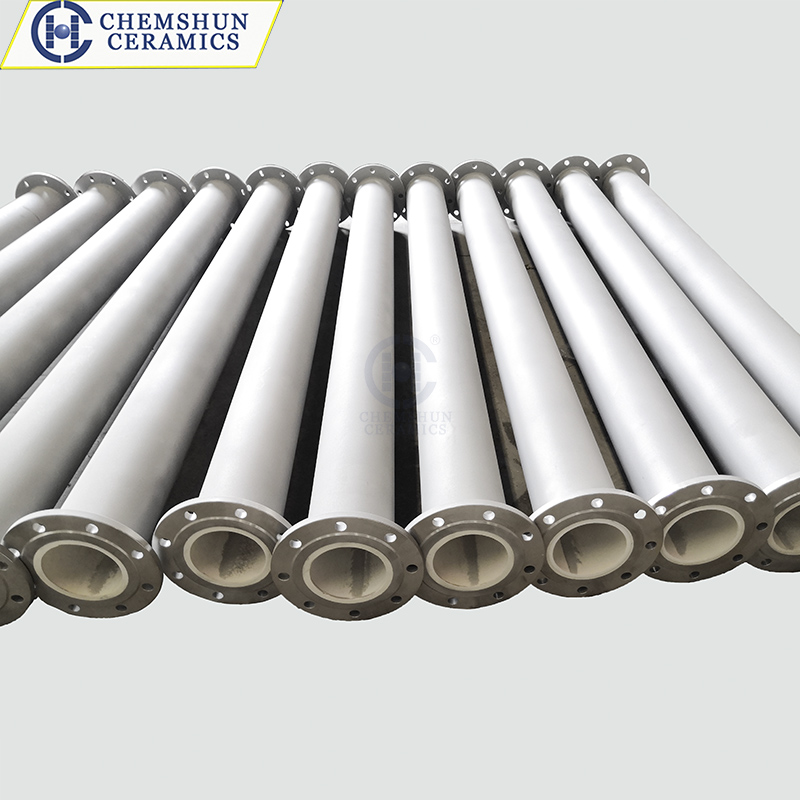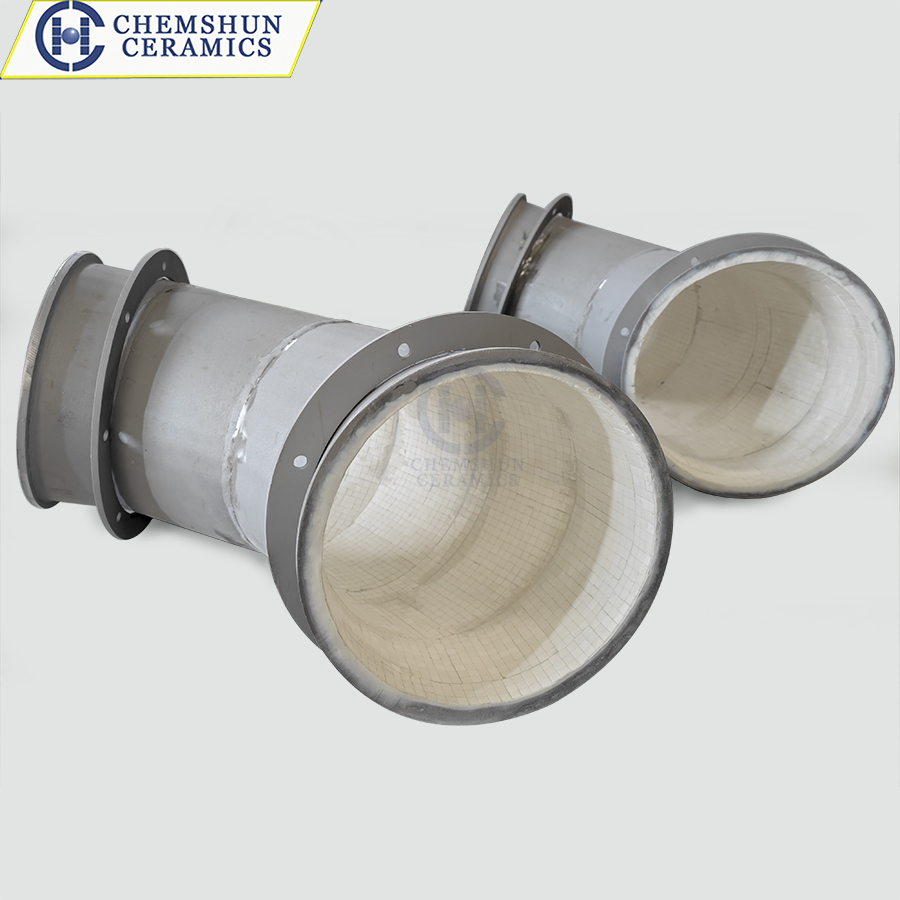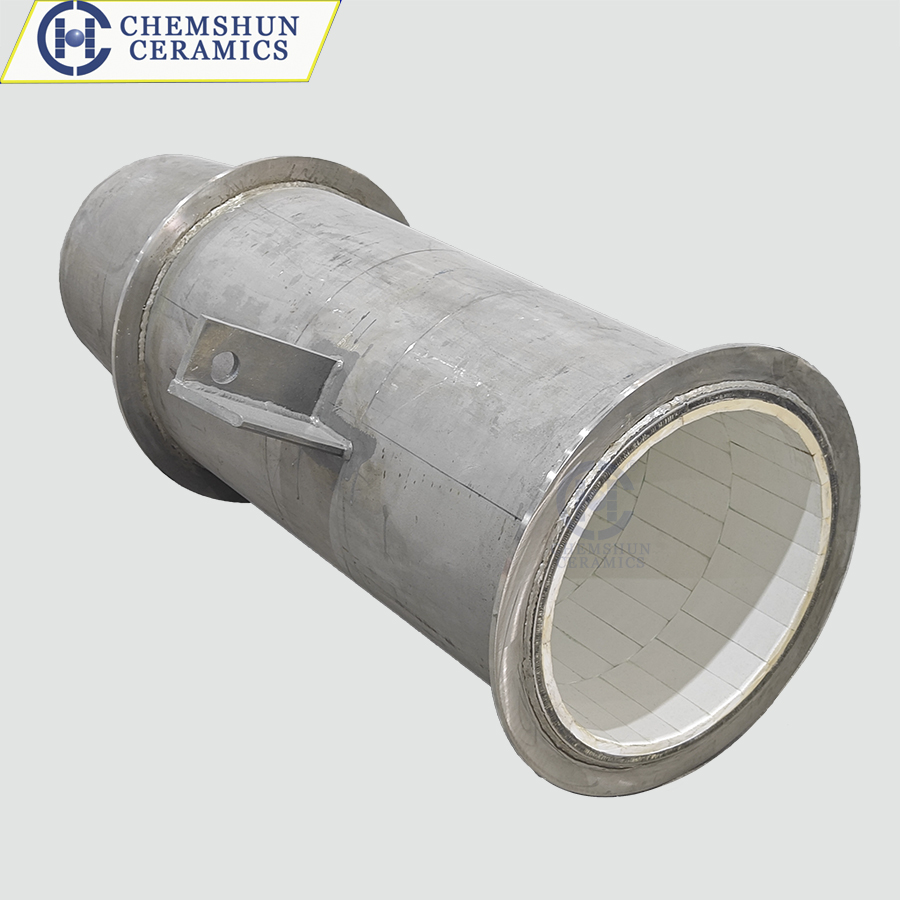Top articles
- High-purity 99.7% alumina ceramics helpful to semiconductor manufacturing technology
- Alumina Ceramic Grinding Balls: High-Efficiency Solutions for Industrial Grinding
- How to Select Suitable Wear-Resistant Ceramic Lining Tiles in the Mining Industry
- Advantages of Ceramic Rubber Composite Liners in Industrial Applications
- How to Install Alumina Ceramic Liners for Long-Lasting Adhesion?
- 99% alumina bulletproof ceramics are the preferred materials for protective devices
- Alumina Ceramic Substrates:Characteristics,Advantages,Disadvantages,and Applications
- Why do alumina industrial ceramics wear out?
- The reason of abrasion resistant ceramic tiles falling off when pasted on equipment
- Seven aspects of advantages & applications of alumina ceramic substrates
Latest articles
- High-purity 99.7% alumina ceramics helpful to semiconductor manufacturing technology
- Alumina Ceramic Grinding Balls: High-Efficiency Solutions for Industrial Grinding
- How to Select Suitable Wear-Resistant Ceramic Lining Tiles in the Mining Industry
- Advantages of Ceramic Rubber Composite Liners in Industrial Applications
- How to Install Alumina Ceramic Liners for Long-Lasting Adhesion?
- Welcome to EXPOMIN 2025
- 99% alumina bulletproof ceramics are the preferred materials for protective devices
- Alumina Ceramic Substrates:Characteristics,Advantages,Disadvantages,and Applications
- Why do alumina industrial ceramics wear out?
- Chemshun Ceramics Chinese New Year Holiday Notice
Your browsing history

Performance characteristics and selection skills of wear-resistant ceramic lined pipe
The core of the wear-resistant ceramic pipe lining is its unique structural design - the outer layer is a high-strength metal tube, and the inner wall is tightly bonded to a high-hardness, high-wear ceramic material. This composite structure makes full use of the ultra-wear and corrosion resistance of ceramic materials, while combining the good toughness and machinability of metal materials to achieve a perfect complement in performance.
Wear-resistant ceramic tube performance characteristics:
Ultra-wear-resistant: The Mohs hardness of the ceramic layer can be as high as 9 or more, far exceeding the traditional metal materials, and can effectively resist material erosion and wear.
Corrosion resistance: Ceramic materials have good chemical stability for most acid, alkali and salt solutions, and are suitable for transportation of a variety of corrosive media.
Long service life: compared with ordinary metal pipe fittings, the service life of ceramic lined pipe can be increased several times or even tens of times.
Easy installation and maintenance: the connection mode of metal pipe fittings is retained, which is convenient for on-site installation and later maintenance.
Wear-resistant ceramic tubes are widely used in many heavy industry fields due to their excellent performance:
Mining: In the ore crushing and conveying system, in the face of impact wear of high-hardness ore and pulp, lined with ceramic pipes can effectively reduce wear and ensure production continuity.
Power industry: Ash discharge system of thermal power plants, due to the ash contains a large number of hard particles, conventional pipe wear fast, the application of ceramic lined pipe significantly reduces the replacement frequency and maintenance costs.
Chemical production: For the transmission of corrosive chemicals, such as acids, alkalis, etc., ceramic lined pipes provide a safe and reliable solution to avoid leakage accidents.
Metallurgical steel: In the process of high temperature molten metal or slag treatment, ceramic lined tubes show excellent high temperature and erosion resistance.
How to choose suitable wear-resistant ceramic tube?
The selection of suitable wear-resistant pipe fittings needs to consider factors such as working conditions, medium characteristics and economic benefits:
Working condition analysis: clarify the pressure, temperature, flow rate of the pipeline and the nature of the conveying medium (such as particle size, hardness, corrosion).
Material matching: Select suitable ceramic materials according to the characteristics of the medium, such as alumina, silicon carbide, etc., to obtain better wear resistance.
Structural design: Consider whether flange connections, quick couplings, or other special designs are required to suit specific installation environments and operational requirements.
Cost-effectiveness: Evaluate initial investment and long-term operation and maintenance costs, and select cost-effective products to ensure maximum economic benefits.











